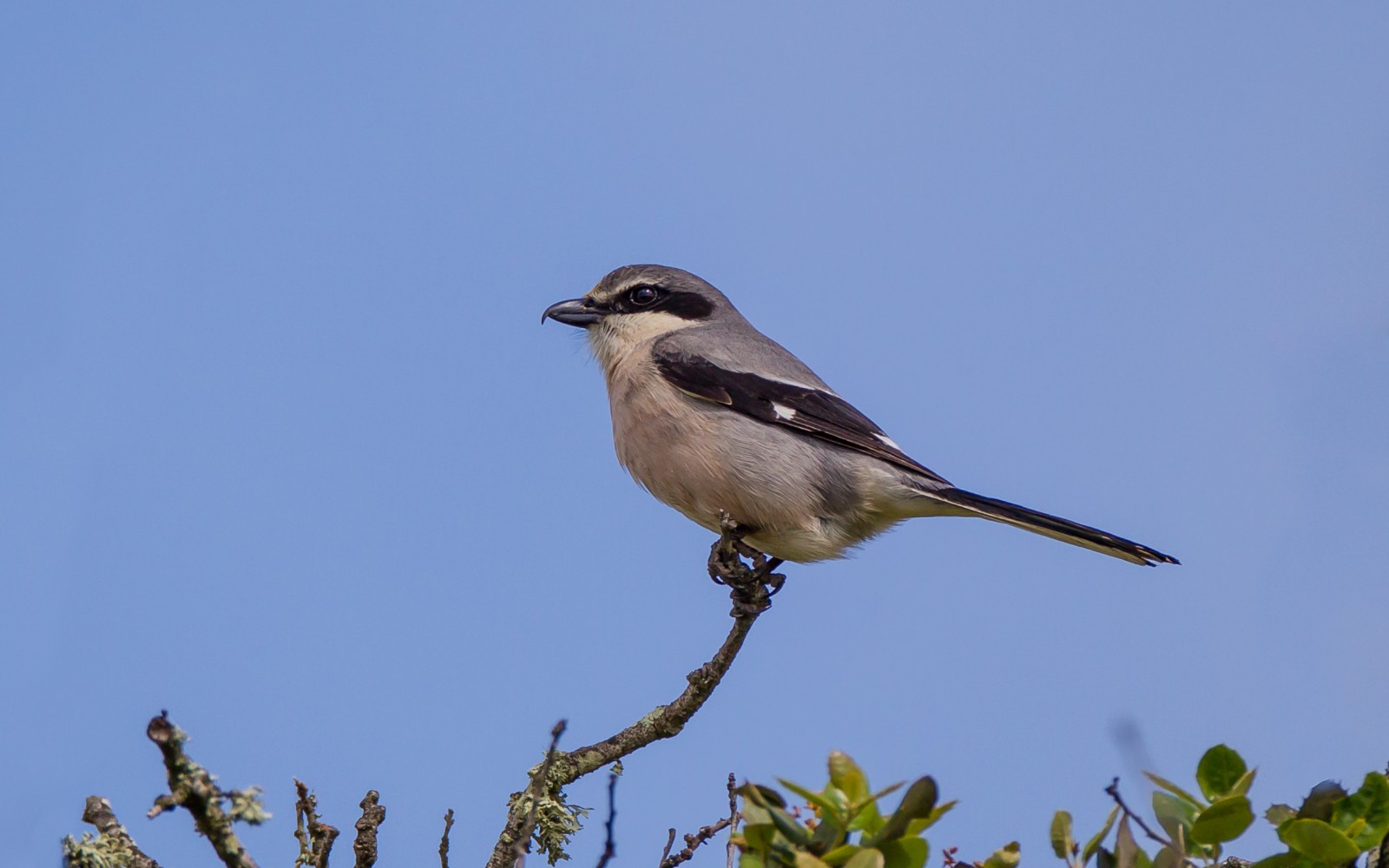Descrição
Apart from the unspoilt nature of this migration hotspot, there are chances to see Spanish endemic species such as Pega-azul and picanço-real as well as the endangered Águia-imperial-ibérica. The beach is 25 kilometres long and various gull species will be there. Note that access is limited to guided tours using 4-wheel drive vehicles and it may be compulsory to hire a guide.
Detalhes
Acesso
Access is limited to guided tours using 4-wheel drive vehicles. Check what's included. These can be booked online (see the link below) or in Seville and visitors may be collected from there; lunch may also be provided at the visitor centre and a visit to El Rocio is possible. It's not cheap (a tour of 4 hours is about € 30 per person), but it is more relaxing than self guiding, the guides know their territory and it's the only way to visit this area.
Terreno e Habitat
Floresta , Terras húmidas , Praia , Árvores e arbustos dispersos , Rio , MarCondições
Plano , Possível na maré cheiaCaminho circular
Simé útil um telescópio?
NãoBoa temporada de observação de aves
Durante todo o anoMelhor hora para visitar
Migração da primavera , Migração de outonoRota
Estrada pavimentada , Estrada não pavimentadaCaminho dificil
FácilAcessível por
CarroAbrigo/plataforma deobservação de aves
NãoInformação extra
The actual route may vary according to guide's current information. Separate guided tours cover the nortern end of the reserve. Bird lists will vary according to time of year and location in the reserve.



 (003).jpg)